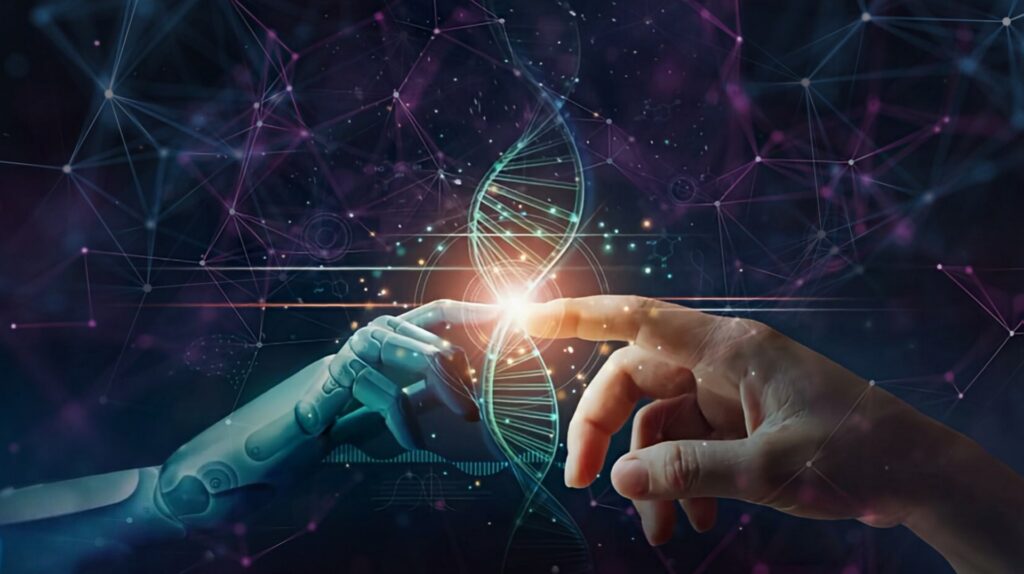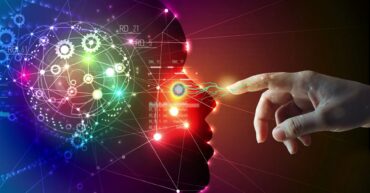Humans and artificial intelligence (AI) have been contrasted and compared frequently. Some worry that AI will drive people out of many professions, while others argue that AI will never fully replace human intelligence and creativity.
In this essay, we’ll look at the differences between AI and people, as well as their numerous benefits and drawbacks.

AI-enabled computer programs can improve their performance by learning from data inputs.
Massive amounts of data can be processed accurately and quickly by the algorithms and models that power AI systems. The benefits of AI have already been shown in a number of industries, including financial trading, speech and image recognition, and medical diagnostics. Compared to humans, AI systems can complete jobs more quickly and accurately.
AI does have its limitations, though. For instance, AI lacks human-specific skills like empathy, creativity, and imagination. AI cannot reason or make decisions based on subjective feelings or experiences.
AI systems are also unable to fully comprehend the subtleties of human language or social signs. Contrarily, humans are gifted with brains, creativity, and emotions that enable us to negotiate challenging social situations, find solutions to issues, and form moral judgments.
Reasoning, imagination, and creativity are all human abilities that are crucial for innovation and advancement. Humans are able to comprehend subtle linguistic cues and decipher social cues, which makes it simpler for us to form bonds with others and cooperate.
Humans do, however, have limitations. Humans are fallible and subject to biases and irrational thoughts. Humans are also constrained in our ability to handle massive volumes of data and carry out repetitive activities as precisely as AI.
Despite these contrasts, AI and people will work together rather than compete in the future.
Humans may focus on more innovative and strategic work by using AI to accomplish tasks more quickly and accurately.AI, for instance, is capable of analyzing vast volumes of data to spot trends and patterns that humans may use to guide their judgments.
Also, AI can replace risky or boring duties, lowering the possibility of accidents or worker burnout for humans. The emotional intelligence, creativity, and ethical judgment that AI now lacks can be added by people.
AI systems can be taught by humans to understand social cues, react correctly to them, and form moral judgments based on empathy and compassion.
In conclusion, there are fundamental differences between humans and AI in terms of their capabilities and constraints.
While people have the imagination, empathy, and ability to think creatively that is required for innovation and advancement, AI can handle enormous amounts of data fast and accurately. We should acknowledge the complementary skills of AI and humans and collaborate to obtain the greatest results, rather than viewing these distinctions as a competition.
A Large Language Model (LLM) is a type of deep learning model trained on massive text datasets to understand and generate human language.
Humans and artificial intelligence (AI) have been contrasted and compared frequently.Some worry that AI will drive people out of many professions, while others argue that AI will never fully replace human intelligence and creativity.
Autonomous vehicles, also known as self-driving cars, are like smart robots that can drive themselves without a human driver.




